Professor Evgenii E. Nikitin, Stanislav Ya. Umanskii (auth.)9780387124148, 0-387-12414-4
The theory of atom-molecule collisions is one of the basic fields in chemi cal physics. Its most challenging part – the dynamics of chemical reactions – is as yet unresolved, but is developing very quickly. It is here a great help to have an analysis of those parts of collision theory which are already complete, a good example being the theory of atomic collisions in process es specific to chemical physics. It has long been observed that many notions of this theory can also be applied successfully to reactive and unreactive molecular collisions. More over, atomic collisions often represent a touchstone in testing approaches proposed for the solution of more complicated problems. Research on the theory of slow atomic collisions carried out at the Moscow Institute of Chemical Physics has been based on just these ideas. A general viewpoint concerning the setting up and representation of the theory came out of these studies, and appeared to be useful in studying complicated systems as well. It underlies the representation of the theory of slow atomic colli sions in this book. |
Table of contents :
Front Matter….Pages I-XI
Introduction….Pages 1-4
General Formulation of Scattering Problem Under Quasi-classical Conditions….Pages 5-52
Diatomic Electronic States….Pages 53-102
Approximate Calculation of the Electronic States of Diatoms….Pages 103-166
Elastic Scattering….Pages 167-201
Approximate Calculation of a Multichannel Quasi-classical Scattering Matrix….Pages 202-242
Two-State Scattering Problem….Pages 243-272
The Linear Two-State Landau-Zener Model….Pages 273-312
Nonlinear Two-State Models of Nonadiabatic Coupling….Pages 313-339
Multistate Models of Nonadiabatic Coupling….Pages 340-365
Case Study — Intramultiplet Mixing and Depolarization of Alkalis in Collisions with Noble Gases….Pages 366-394
Back Matter….Pages 395-434 |
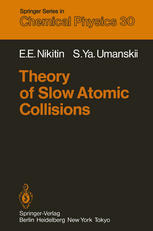

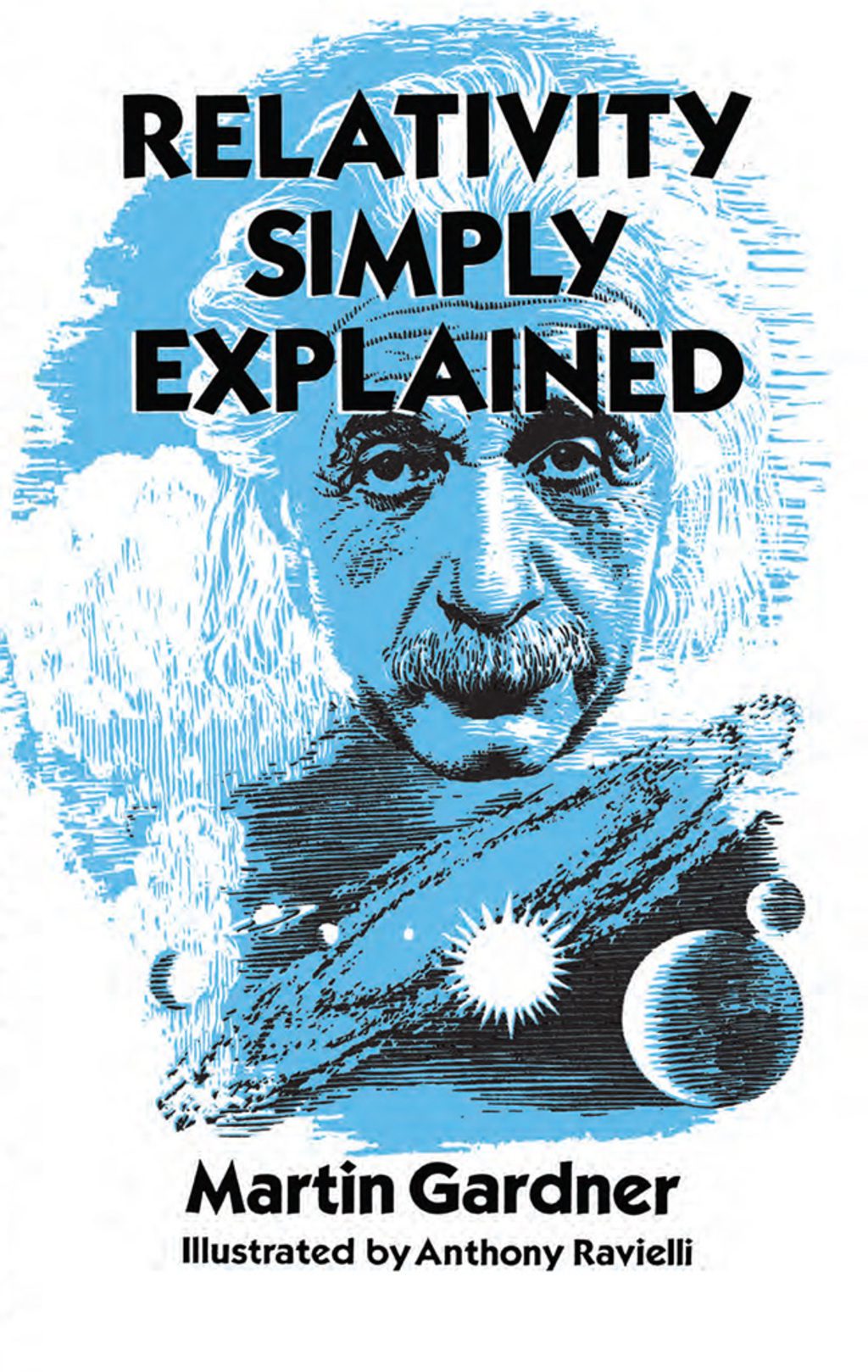
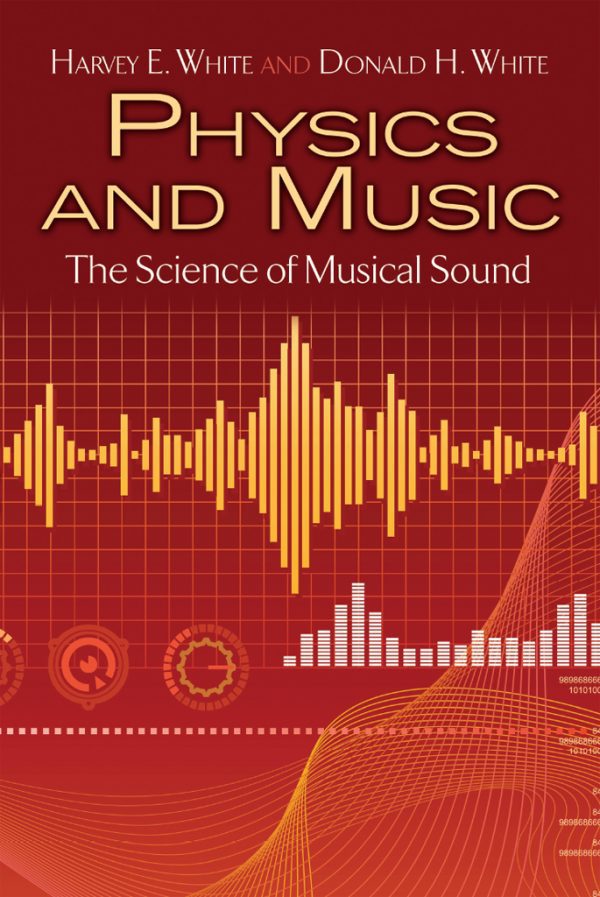
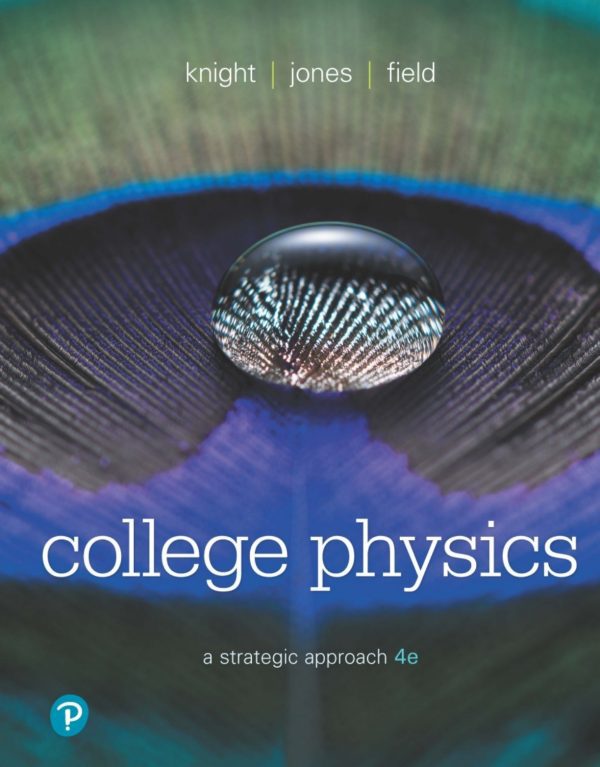
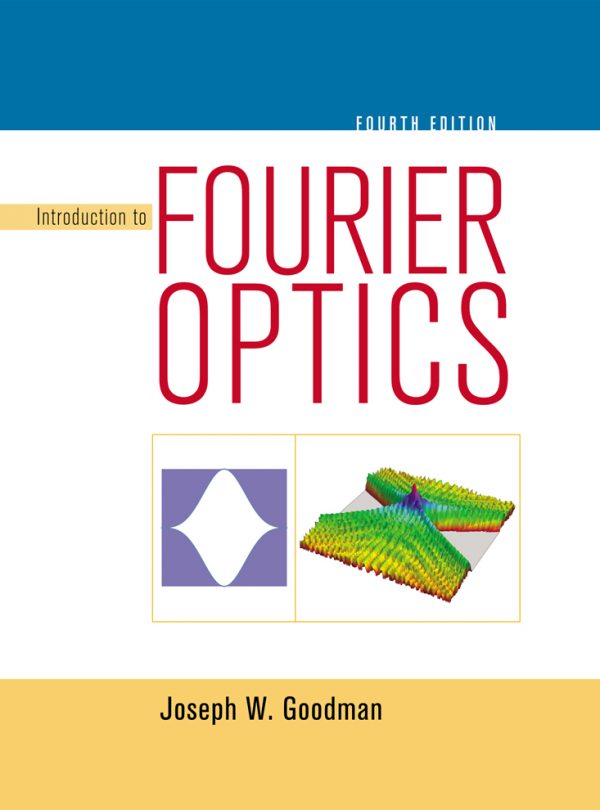
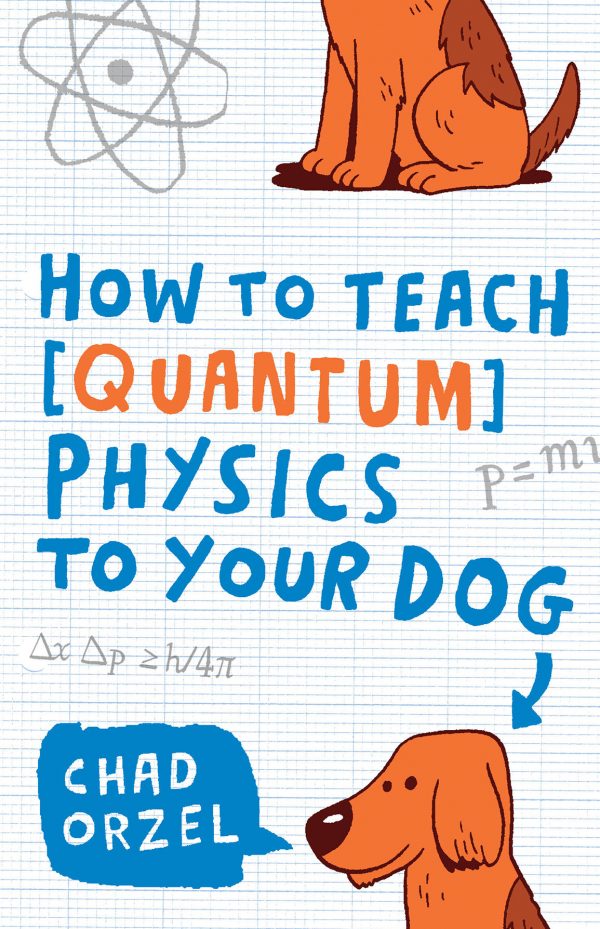
Reviews
There are no reviews yet.